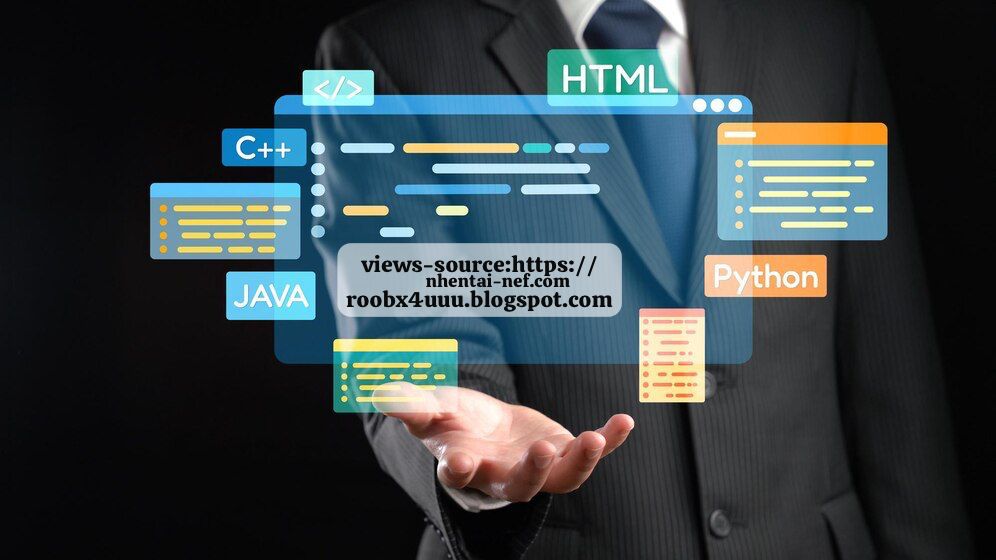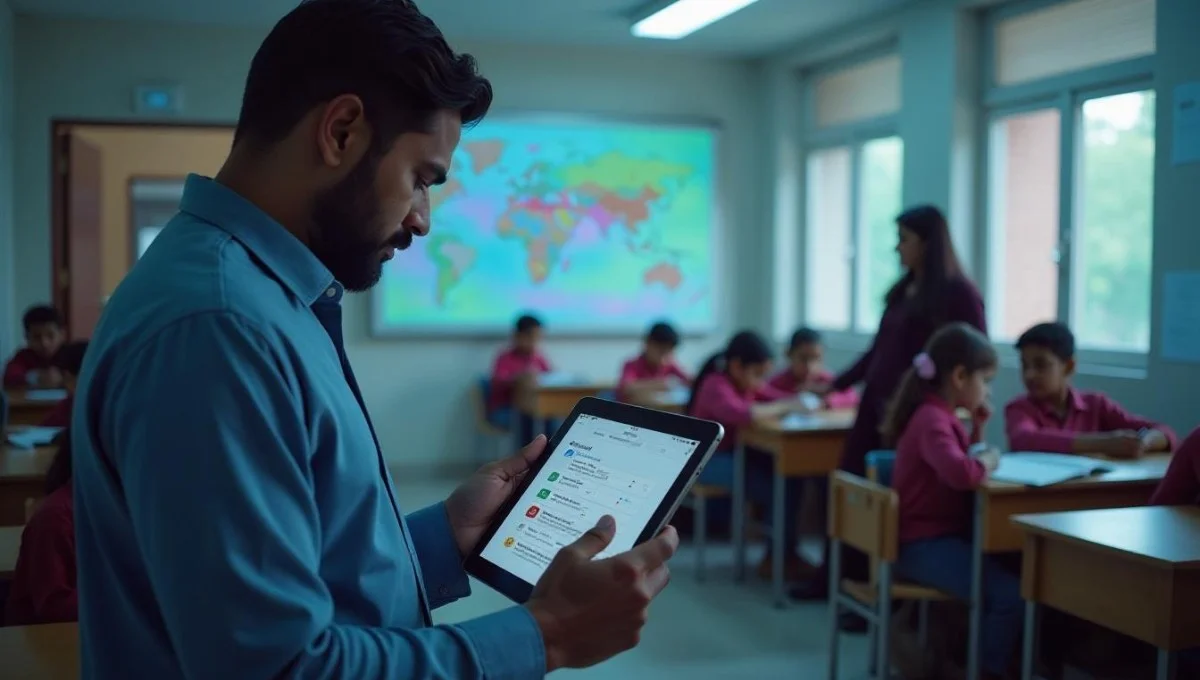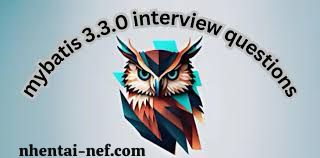
In the rapidly evolving landscape of the 21st century, technology has become an integral part of everyday life, influencing nearly every aspect of society. From the way we communicate and work to how we access information and engage in social interactions, technology shapes our world in profound ways. This article explores the complex relationship between technology and society, drawing insights from views-source:https://roobx4uuu.blogspot.com.
The Impact of Technology on Communication views-source:https://roobx4uuu.blogspot.com
One of the most significant changes brought about by technology is the transformation of communication. The rise of social media platforms, instant messaging apps, and video conferencing tools has revolutionized how people connect with one another. Historically, communication was constrained by time and geography; today, it is instantaneous and global.
Social Media’s Role views-source:https://roobx4uuu.blogspot.com
Social media platforms such as Facebook, Twitter, Instagram, and TikTok allow individuals to share their thoughts, experiences, and opinions with a vast audience. According to insights from views-source:https://roobx4uuu.blogspot.com, these platforms have not only changed personal interactions but have also played a crucial role in shaping public discourse and mobilizing social movements. Events like the Arab Spring, #MeToo, and Black Lives Matter have showcased the power of social media in facilitating grassroots activism and raising awareness about social issues.
Social media can also serve as a platform for marginalized voices that might otherwise be unheard. For instance, Indigenous communities and minority groups have utilized social media to advocate for their rights and raise awareness about issues affecting them. This democratization of information has led to a more informed public, but it also poses the challenge of misinformation and echo chambers, where users are exposed only to viewpoints that reinforce their beliefs.
Challenges of Digital Communication views-source:https://roobx4uuu.blogspot.com
However, this shift has introduced challenges. The prevalence of misinformation, online harassment, and the decline of face-to-face interactions are significant concerns. Misinformation can spread rapidly on social media, leading to confusion and distrust among the public. As noted in views-source:https://roobx4uuu.blogspot.com, the digital divide—where some individuals have limited access to technology—exacerbates social inequalities. It is essential to address these challenges while harnessing the positive potential of technology.
Moreover, the mental health implications of constant connectivity and social media use have come under scrutiny. Studies have shown correlations between heavy social media use and issues such as anxiety, depression, and low self-esteem. As people curate their online personas, the pressure to present a perfect image can lead to feelings of inadequacy. Addressing these mental health concerns is crucial in creating a healthier digital landscape.
Technology in the Workplace views-source:https://roobx4uuu.blogspot.com
Technology has fundamentally altered the workplace, influencing how we work and interact professionally. Automation, artificial intelligence (AI), and remote work technologies have reshaped job roles and organizational structures.
The Rise of Remote Work views-source:https://roobx4uuu.blogspot.com
The COVID-19 pandemic accelerated the trend of remote work, making it a viable option for many organizations. Tools like Zoom, Slack, and project management software have enabled teams to collaborate effectively from different locations. According to views-source:https://roobx4uuu.blogspot.com, this shift has provided employees with greater flexibility, allowing for a better work-life balance.
Remote work has also prompted organizations to rethink their operational strategies. Many companies are adopting hybrid work models that combine remote and in-office work, recognizing that flexibility can lead to increased productivity and employee satisfaction. However, this new paradigm also raises questions about company culture and employee engagement. Leaders must find innovative ways to foster a sense of belonging and maintain team cohesion in a virtual environment.
Automation and Job Displacement views-source:https://roobx4uuu.blogspot.com
However, the rise of automation poses challenges as well. Many jobs are at risk of being replaced by machines and algorithms, leading to concerns about job displacement and economic inequality. While technology can enhance productivity, it is crucial to consider its implications on the workforce and ensure that workers are equipped with the skills needed to adapt.
Industries such as manufacturing, retail, and transportation have already seen significant impacts from automation. The introduction of robotics in factories has improved efficiency but has also displaced many workers. To mitigate these effects, reskilling and upskilling programs are essential. Investing in education and training can help workers transition to new roles in an increasingly automated job market.
The Future of Work views-source:https://roobx4uuu.blogspot.com
Looking to the future, the workforce will need to adapt to new technologies continuously. The World Economic Forum predicts that by 2025, 85 million jobs may be displaced due to automation, while 97 million new roles could emerge, particularly in fields such as AI, data analysis, and sustainable energy. This shift underscores the importance of lifelong learning and adaptability, as individuals must remain relevant in a rapidly changing job landscape.
Organizations that prioritize employee development will likely have a competitive advantage. Offering training programs, mentorship opportunities, and career development paths can help retain talent and foster a culture of continuous learning.
Education and Technology views-source:https://roobx4uuu.blogspot.com
Technology has transformed education, making learning more accessible and interactive. Online courses, educational apps, and digital resources have democratized access to knowledge, allowing learners from various backgrounds to pursue education.
E-Learning and Accessibility views-source:https://roobx4uuu.blogspot.com
The rise of e-learning platforms, such as Coursera, Udacity, and Khan Academy, has enabled individuals to learn at their own pace and from anywhere in the world. As highlighted in views-source:https://roobx4uuu.blogspot.com, this shift has made education more inclusive, particularly for those in remote or underserved areas. Traditional barriers to education, such as geographical location, financial constraints, and rigid schedules, have been alleviated through online learning.
Moreover, technology in education extends beyond traditional subjects. Coding boot camps, digital marketing courses, and skills-based training programs have gained popularity, equipping learners with practical skills that are in high demand in today’s job market. This flexibility allows learners to tailor their educational experiences to meet their personal and professional goals.
Challenges in Digital Education views-source:https://roobx4uuu.blogspot.com
Nevertheless, the transition to digital education is not without challenges. Issues such as digital literacy, access to technology, and the need for effective teaching methods in online environments must be addressed to maximize the benefits of technology in education.
The digital divide remains a significant obstacle, as not all students have equal access to devices and high-speed internet. Schools and governments must work collaboratively to ensure that all students have the resources they need to succeed in a digital learning environment. Additionally, educators must develop effective online teaching strategies to engage students and promote active learning.
The Role of Educators views-source:https://roobx4uuu.blogspot.com
Educators play a crucial role in this digital transformation. They must adapt to new technologies and teaching methods while providing support to students navigating online learning. Professional development opportunities for teachers can enhance their skills in using technology effectively in the classroom.
Furthermore, incorporating social-emotional learning into online curricula is essential. As students navigate the challenges of remote learning, providing support for their emotional well-being can help them thrive academically and personally.
Health and Technology views-source:https://roobx4uuu.blogspot.com
The intersection of technology and healthcare has resulted in significant advancements that enhance patient care and improve health outcomes. Telemedicine, wearable health devices, and health apps have transformed how we manage our health.
Telehealth Services views-source:https://roobx4uuu.blogspot.com
Telehealth services have gained popularity, especially during the pandemic. Patients can consult healthcare providers remotely, reducing barriers to access. Insights from views-source:https://roobx4uuu.blogspot.com reveal that this trend has the potential to improve healthcare accessibility for individuals in rural or underserved areas. Patients can receive timely care without the need for travel, making healthcare more convenient and efficient.
Moreover, telehealth can reduce the burden on healthcare facilities, allowing providers to focus on more critical cases. The integration of virtual consultations into healthcare systems has the potential to enhance overall patient experiences and outcomes.
Data Privacy Concerns views-source:https://roobx4uuu.blogspot.com
However, the integration of technology in healthcare raises concerns about data privacy and security. As patient information becomes digital, safeguarding sensitive data is paramount. Ensuring that healthcare providers comply with privacy regulations, such as HIPAA in the United States, is crucial to maintaining patient trust. Breaches of patient data can have severe consequences, both for individuals and healthcare organizations.
Patients must also be informed about how their data is being used and have control over their health information. Transparency in data practices is essential for building trust between healthcare providers and patients.
The Future of Health Tech views-source:https://roobx4uuu.blogspot.com
Looking ahead, emerging technologies such as artificial intelligence, machine learning, and blockchain hold the potential to revolutionize healthcare further. AI can enhance diagnostics, predictive analytics, and personalized medicine, while blockchain can improve data security and interoperability among healthcare systems. As these technologies evolve, their integration into healthcare will require careful consideration of ethical implications and patient rights.
Ethical Considerations in Technology views-source:https://roobx4uuu.blogspot.com
As technology continues to advance, ethical considerations become increasingly important. Issues such as data privacy, algorithmic bias, and the impact of technology on mental health are critical areas of concern.
The Importance of Ethical Guidelines views-source:https://roobx4uuu.blogspot.com
As noted in views-source:https://roobx4uuu.blogspot.com, establishing ethical guidelines for technology development and use is essential to prevent harm and promote social good. Developers, policymakers, and society must collaborate to address ethical dilemmas and ensure that technology serves humanity positively. This collaboration can lead to the development of frameworks that prioritize ethical considerations in technology design and implementation.
The Role of Regulation views-source:https://roobx4uuu.blogspot.com
Regulation plays a vital role in managing the impact of technology on society. Governments and organizations must implement policies that protect individuals and communities while fostering innovation. This balance is crucial to ensuring that technology contributes to societal well-being.
The regulation of emerging technologies, such as AI and biotechnology, presents unique challenges. Policymakers must navigate the complexities of innovation while addressing concerns about safety, privacy, and equity. Engaging with stakeholders, including technologists, ethicists, and the public, is essential for developing comprehensive regulations.
Addressing Algorithmic Bias views-source:https://roobx4uuu.blogspot.com
Algorithmic bias is another pressing ethical concern. As algorithms increasingly influence decision-making in areas such as hiring, law enforcement, and lending, the risk of perpetuating existing biases in society becomes a significant issue. Insights from views-source:https://roobx4uuu.blogspot.com highlight the importance of transparency and accountability in algorithmic design to ensure fairness and equity.
Mental Health and Technology views-source:https://roobx4uuu.blogspot.com
The impact of technology on mental health is a critical consideration. While technology offers tools for mental health support, such as teletherapy and mental health apps, it also poses risks. Excessive screen time, cyberbullying, and social media pressures can adversely affect mental well-being. A balanced approach that prioritizes mental health in technology design and use is essential.
The Future of Technology and Society views-source:https://roobx4uuu.blogspot.com
Looking ahead, the relationship between technology and society will continue to evolve. Emerging technologies, such as artificial intelligence, blockchain, and biotechnology, will shape the future in ways we can only begin to imagine.
Embracing Innovation Responsibly views-source:https://roobx4uuu.blogspot.com
According to insights from views-source:https://roobx4uuu.blogspot.com, it is essential to embrace innovation responsibly. As we develop new technologies, we must prioritize ethical considerations, equity, and inclusivity to create a better future for all. Collaboration among technologists, policymakers, and community stakeholders will be crucial in navigating the challenges and opportunities that lie ahead.
The Role of Community Engagement views-source:https://roobx4uuu.blogspot.com
Community engagement is vital in shaping the future of technology. By involving diverse voices in the conversation, we can ensure that technology serves the needs of all individuals and communities, fostering a more equitable society. Engaging with marginalized groups can help identify their specific needs and ensure that technology is developed with their interests in mind.
Conclusion views-source:https://roobx4uuu.blogspot.com
The reflections on technology and society presented in views-source:https://roobx4uuu.blogspot.com underscore the profound impact of technology on our lives. While it offers incredible opportunities for growth and development, it also poses significant challenges that require thoughtful consideration and action. By embracing technology responsibly and fostering a culture of ethical innovation, we can navigate the complexities of the digital age and create a brighter future for society.







